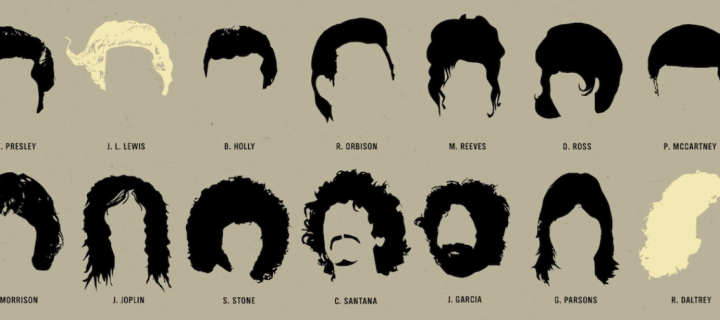
The problem with Facebook’s new haircut
A majority of us spend our days in offices surrounded by the same people. If one day you turn up with a snazzy new haircut, those closest to you will probably notice. They won’t care but they’ll notice. That’s because they’re used to you. Babs in finance, up on the third floor who you might only get a fleeting glance from every third Tuesday in the corridor on the way to lunch probably won’t notice your haircut, she only just about knows your face and hasn’t had the chance to learn your name yet. You could have changed hairstyles 5 times in the last two weeks and Babs would be none the wiser.
I’ve been working in social for a few years now, and the last 2 years I’ve spent a lot of time with brands on Facebook. A lot of the brands we work with are active on Twitter, posting on average twice a day. Volume hasn’t ever had a negative impact on what we have done – we’ve adapted and learnt from everything we’ve created and strived to improve what we do to keep our audience entertained and informed.
Using the platform everyday gives us a lot of insight and experience with what does and doesn’t work. Not just on a tactical level but quite an in-depth personal level. What has become interesting (or difficult) is when Facebook’s behaviour changes. When something unexpected happened you’ll start by wondering what it was you did wrong. Did you post at the wrong time? Use the wrong media targeting? Or was the creative just not right? And then you start to notice, no, it’s not me – there’s something different about it, something has changed.
When you try to talk to Facebook you’re often met with denial and mentions of ‘a bug’. You’ll listen to them – they know best. But then you hear of similar experiences and explanations from other teams around you, and other teams in other agencies. We all work with this platform intimately. We know when it’s had a haircut.
Recently Facebook have expressed thoughts on pivoting their proposition, comparing themselves to mainstream media channels they are positioning themselves as a broadcast channel. Part of the reasoning is that there’s now more competition in the newsfeeds for brands to cut through – people have more friends and follow more brands than they did a year or two ago, so it’s harder to stand out and convert organic or low reach. Shifting back to the classic broadcast model of mass reach you’ll pay to be seen by the masses and by being seen by more you’ll obviously sell more. All you have to do is spend more. With Facebook.
It’s another new haircut, but you can’t help but notice this one – they’re coming to you and asking if you like it. The truth is, I’m not sure I do. For a long time they were always about engagement and deep and meaningful connections. But now it’s feeling like an uncomfortable shift, less about the user and being meaningful but more about the advertiser, and that’s just not social.


So you didn’t notice my haircut then?
You just covered it in glitter.
We always notice *your* new haircut, Graeme